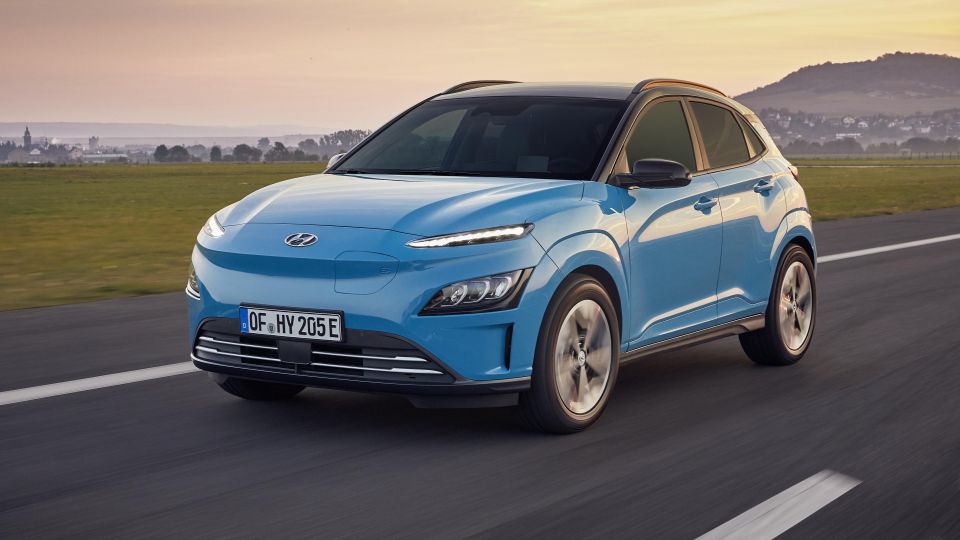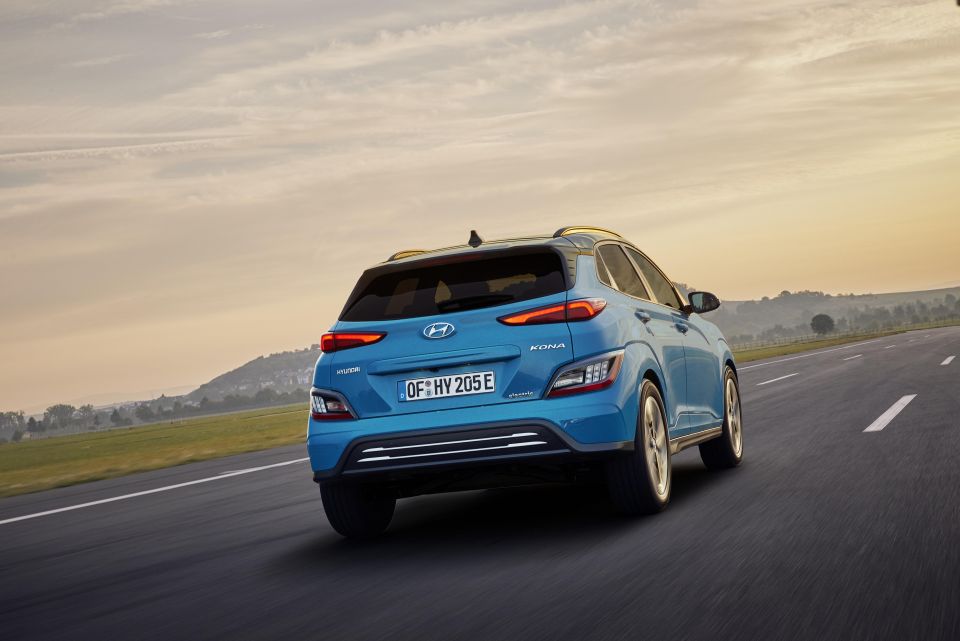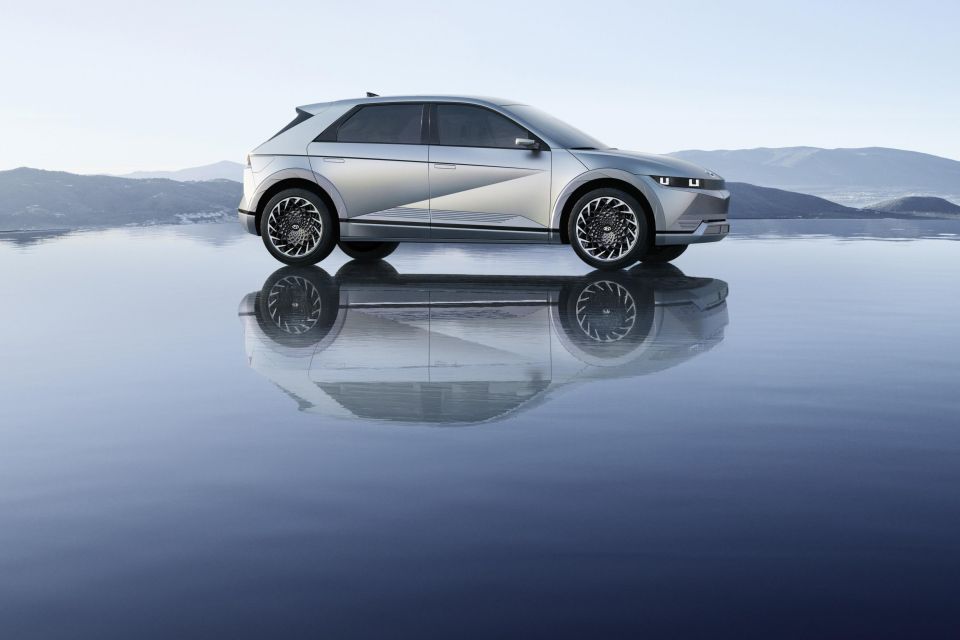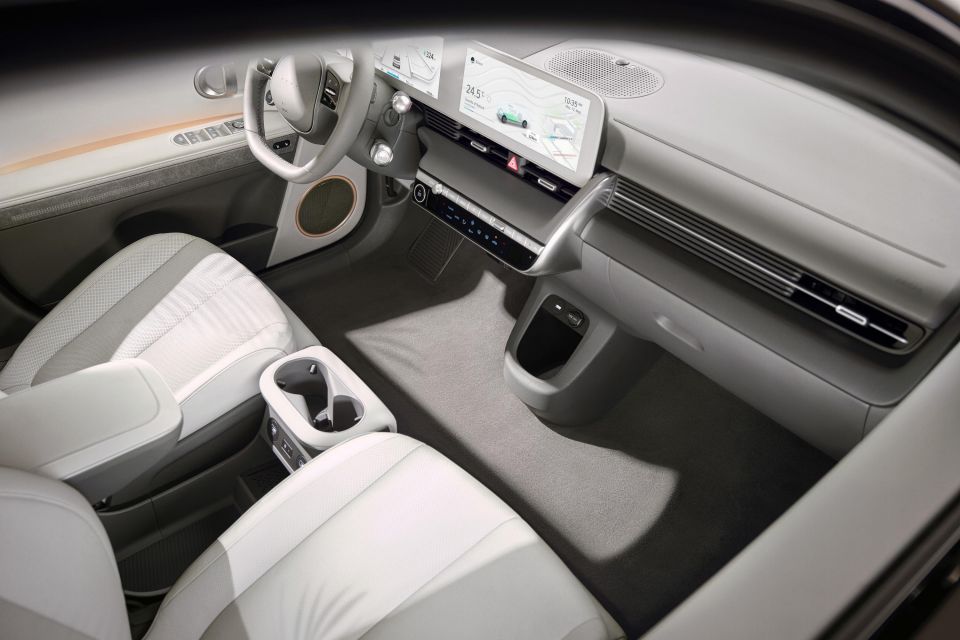

Damion Smy
GWM Cannon Alpha ute, Tank 300 HEV and Tank 500 recalled
14 Hours Ago

Contributor
Hyundai is gearing up to expand its Kona Electric range, with a more affordable 39kWh model set to join the 64kWh car late in 2021.
CarExpert understands the existing Kona Electric with its bigger battery and steeper price will live onDown Under alongside its more affordable brother.
When it arrives, the entry-level Kona will form part of a rapidly-growing electric range for Hyundai.

With two Ioniq Electric models, two long-range Kona Electric models, at least one shorter-range Kona Electric, and at least one Ioniq 5 model, Hyundai will have six or more electric options Down Under by the end of 2021.
Nissan only offers two Leaf variants, Kia has two Niro options, and MG has only the ZS EV, while market-leading Tesla has seven cars across its Model S, Model X, and Model 3 lines.
With a claimed range of 305km and a price likely between $50,000 and $55,000 before on-road costs, the shorter-range Kona will give Hyundai an electric SUV better equipped to take on the Nissan Leaf hatchback and cheaper MG ZS EV.

Power in the entry-level Kona Electric comes from a front-mounted motor making 100kW and 395Nm, down from 150kW in the longer-range version.
Along with the more affordable Kona Electric, Hyundai is getting ready to welcome the bigger Ioniq 5 to its range late in 2021.
CarExpert understands the entry-level Hyundai Ioniq 5 could be priced within touching distance of the range-topping Kona Electric Highlander.
Where the Kona is built on a revised version of the platform underpinning the petrol-powered car, the Ioniq 5 is the first Hyundai to ride on the brand’s new dedicated electric e-GMP chassis.

Here are the headline numbers:
Measuring up at 4625mm long with a 3000mm wheelbase, the Hyundai Ioniq 5 is a similar size to the Hyundai Tucson SUV, and will go head-to-head with the Nissan Ariya and Tesla Model Y when they arrive in Australia.
Although it looks quite compact from some angles, boot space is 531L with the rear seats in place and a whopping 1600L with them folded flat. There’s also 57L under the bonnet.
The standard range model with its 58kWh battery pack is available with a single electric motor has 125kW of power and 350Nm of torque, good for an 8.5-second run to 100km/h.

The dual-motor all-wheel drive model ups those outputs to 173kW and 605Nm, and drops the 100km/h sprint to an i30 N-rivalling 6.1 seconds.
Opting for the longer-range 72.6kWh model gets you 160kW and 350Nm in two-wheel drive models, and a serious 225kW and 605Nm from the dual-motor setup.
The 100km/h sprint in the most powerful model is dispatched in 5.1 seconds.
Maximum range (in the long-range, single-motor model) is 480km on the WLTP test cycle.
Where expert car reviews meet expert car buying – CarExpert gives you trusted advice, personalised service and real savings on your next new car.
Scott Collie is an automotive journalist based in Melbourne, Australia. Scott studied journalism at RMIT University and, after a lifelong obsession with everything automotive, started covering the car industry shortly afterwards. He has a passion for travel, and is an avid Melbourne Demons supporter.


Damion Smy
14 Hours Ago


William Stopford
16 Hours Ago


Matt Campbell
24 Hours Ago


William Stopford
2 Days Ago


CarExpert.com.au
5 Days Ago


Damion Smy
5 Days Ago